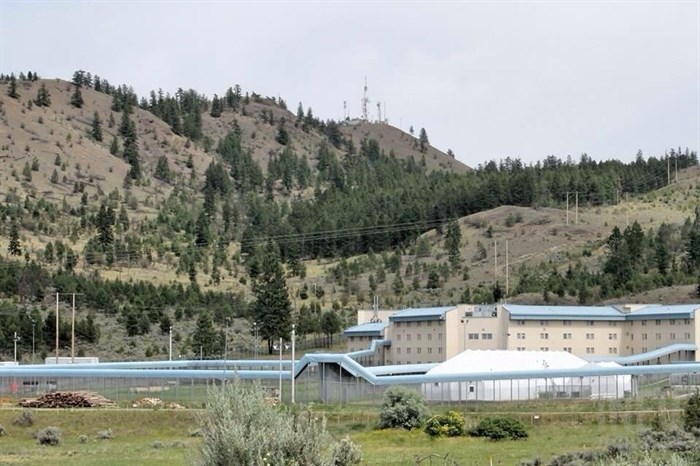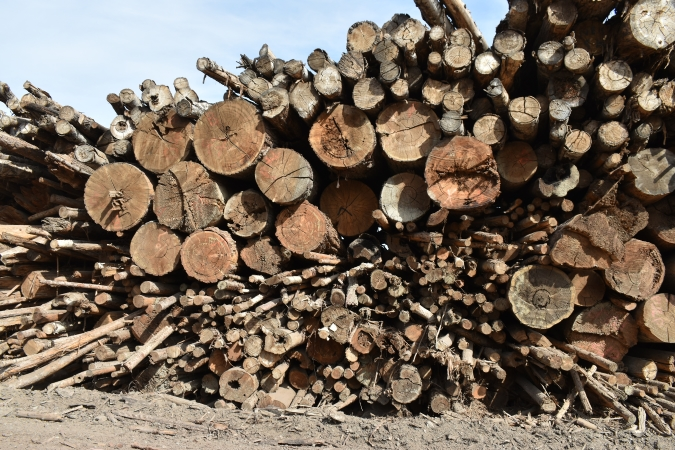Why it’s so hard to find locally grown celery in Okanagan, Kamloops

Celery is crunchy, delicious and a main staple in kitchens all over the world, but it’s particularly difficult for Thompson-Okanagan residents to source locally.
In response to President Donald Trump’s trade tariff threats, Vernon resident Fred Nelson started a Facebook group called Buy and Shop Canadian First that has swiftly grown to more than 10,000 members who work together to source local products.
Members are having a hard time finding celery that isn’t imported from the U.S.
Nelson told iNFOnews.ca he has been going to stores and is only finding U.S. celery for sale.
“That’s it, nothing local yet,” he said. “For smaller, local producers, we’re still not really into our growing season yet.”
The vast majority of Canadian grown celery is exported to the U.S. and the vast majority of imported celery comes from the U.S., but the numbers are nowhere near even.
In 2023, Canada exported 9 million kilograms of celery to the States, while in the same year, Canada imported 68 million kilograms from the U.S., according to World Integrated Trade Solution. Canada imports far lesser amounts of celery from Mexico, Spain and China.
Owner at Olera Farms in Abbotsford, Riyad Reid, used to grow celery but stopped a couple of years ago for a few good reasons.
His 10-acre farm produces a wide range of organic fruits, vegetables and herbs, some of which are grown during the winter months in cold frames, which are similar to greenhouses except the plants grow out of the ground and the temperatures are not moderated.
“Celery is always a very tricky one, it’s a long time in the ground and takes a lot of water,” he said. “By the time it’s ready for harvest, we get hammered by U.S. celery coming up that’s super cheap, I can’t compete with the prices.
“It’d be similar in a greenhouse, but you’d likely require more water in a greenhouse. Celery isn’t grown locally around here at this time of year, the harvest season is around August or September.”
Reid said he has almost given up on growing and selling celery, but given the current political climate he might reconsider.
Celery grows all year round in parts of the U.S. with the vast majority of it grown in California.
“That’s usually the case, we have a lot of stuff coming from California up here,” Reid said. “They have a year-round growing season where we only have nine or ten months.”
Last month, Reid started his produce sales for the season with winter spinach and cilantro, and felt the full force of the push to source local.
“For sure there is an increase demand for local product, it has been hard to keep up, produce has been flying out,” he said. “We’re wrapping up the last of it this week, then there’ll be a lull before the outdoor crops start.
“We’re noticing it and I’m sure it will increase more once the growing season gets going in Canada.”
Other comments in the Buy and Shop Canadian First group indicate cauliflower and leafy greens are produce that are also difficult to source locally.
Olera Farms is located at 356 Defehr Rd Abbotsford. Their produce can be found at various retail outlets all over BC including Nature’s Fare in the Interior, with wholesale outlets based in Vancouver and farmers markets stands based in Vancouver.
Join the Conversation!
Want to share your thoughts, add context, or connect with others in your community?
You must be logged in to post a comment.


















